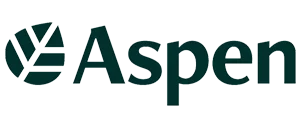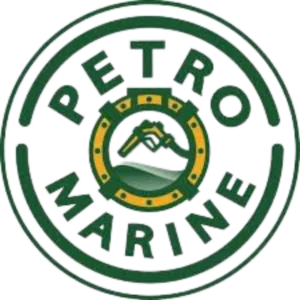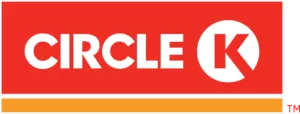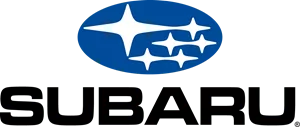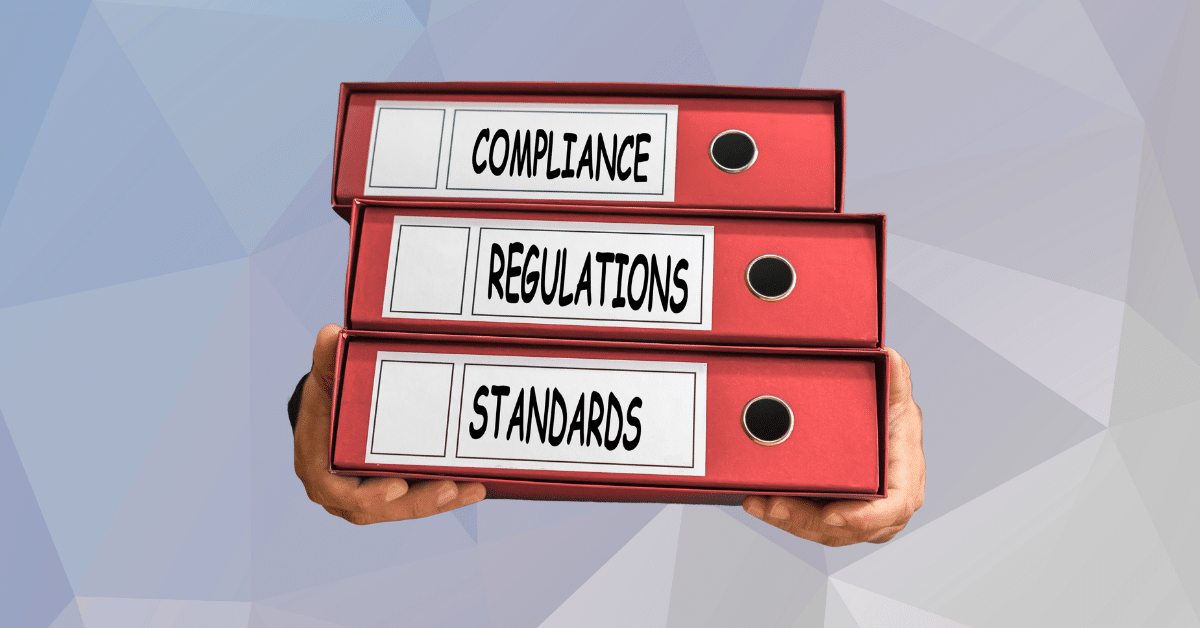A skilled and aligned team is not luck but the result of a skills gap visualization.
Having an equally qualified team makes reaching its goal easier for the company. But what if, after new hires, you realize that despite their competitive and impressive resumes, they fail to bring the core skills that a role demands to the table?
This would put the whole company in a bad light, affecting its business and client base.
Now, that’s where the competency models for skills gap visualization come in. These are not just jargon but the backbone of strategic workforce development.
They will make it easier for you to identify, build, and measure skills, knowledge, and performance alignment with the company’s goals.
This guide is for OD managers who want to introduce the competence model to their organization. Let’s begin by understanding the basics of applying models in real-world scenarios.
Overview of HR Competency Models
Creating and applying the competency model is essential for skills gap visualization. So, let’s begin with the basics.
Competency models are not just lists of skills; they are dynamic frameworks that define the specific capabilities of employees needed to succeed in their roles and contribute to organizational goals.
What are Competency Models?
To make it easy to understand, a competency model is a structured framework that outlines the following for skills gap visualization:
- Core Competencies: Core competencies, as the name suggests, are the foundational skills and behaviors required across organizations for better communication, collaboration, and teamwork.
- Role-Specific Competencies: As far as role-specific competency is concerned, it includes technical and functional skills you need for particular roles like coding or data analysis.
- Leadership Competencies: They involve strategic thinking, decision-making, and managing people. These skills are essential for managerial roles.
Competitive models like the SHRM competency model bridge the gap between individual performance and organizational success by aligning employees’ behavior with company values and objectives. They also guide the team’s recruitment, training, and performance management, often supported by performance management software to streamline and enhance these processes.
For example, if your company is based on the motto of innovation, your competency model might emphasize creativity, problem-solving, and adaptability to ensure that every employee contributes equally.This would help the management to assess skills gap visualization.
Developing an HR Competency Models
Creating a competency model from scratch can feel daunting. However, you can create a practical framework by breaking it down into several clear and simple steps,
Identify Business Strategy
Start by identifying the long-term goals of your company or organization. To do this, you may start by asking yourself some questions:
- What are your priorities? Is it growth, customer satisfaction, or cost efficiency?
- What skills are required to achieve these goals?
For instance, a marketing company will focus on creativity, while a fintech company might have priorities and analytical skills.
Define Job Roles
Once you have identified the business strategy, move onto roles. The competency model is always role-specific. To create roles, you can work with the department head to outline each person’s responsibility and identify delivery and expected outcomes.
Determine Key Competencies
Competency is more related to driving success and achieving goals. For this, not all skills are equally important. It might vary from company to company. However, they may include:
- Technical skills
- Soft skills
- Leadership skills
Validate the Model
When working for a specific goal, you must know that validation is key to ensure your model works in practice. To guarantee success, you can do a pilot experiment with a small group of employees and get their feedback.
After that, check if it reflects their day-to-day responsibilities and whether it is allied with the performance metrics. If there is a gap at any point, use the feedback to refine the framework, as it is beneficial for skills gap visualization.
Implement and Integrate
When the model is created and tested, now is the time to embed it into k HR processes, like:
- Recruitment
- Training
- Performance Management
This makes it a HR competency model for recruitment of skills based employees.
Tools and Methods for Competency Assessments
It is not easy to assess an individual’s competency by just looking at them. Instead, you need reliable competencies evaluation tools and methods that will provide actionable insights.
Tools for Competency Assessment
It is advised to avoid personality tests like MBIT or DISC. Although they are made to understand preferences, they lack validity for competency evaluation. Instead, you may use:
- Behavioral Assessments: For behavioral assessments, you can utilize structured interviews that tap into employees’ scales and their real-life applications.
- Simulation-Based Tools: You may also choose platforms that simulate job-specific tasks, such as project management tasks, to test team leaders’ competency.
- Technical Tests: some rules require special skills. Their role-specific skills can be tested using specific evaluations.
Best Practices For Designing Assessments
The best way to make sure that your assessment is fair and accurate is by including the following specifications:
- Customized questions: You can ask the candidates customized questions that must be tailored to reflect job tasks.
- Diverse question types: you can combine open-ended competency-based questions with right-wrong tests.
- Doing blind grading: keep the responses anonymous. This will reduce the chances of biases while ensuring fairness.
Learning Resources for HR Competency Models
If you prefer a more structured approach to learning, consider these must-read books:
- “FYI: For Your Improvement” by Korn Ferry: This book is often considered the bible of competency modeling. It offers detailed descriptions of various competencies, practical development tips, and advice on integrating them into performance management and leadership programs.
- Campion et al.’s Work in Personnel Psychology: This publication outlines best practices in competency modeling, supported by real-world examples and data, for those interested in academic rigor.
C. Tools and Frameworks:
Tools and frameworks can save you time and ensure accuracy when building competency models. Here are some of the most reliable options:
- O*Net Online: This comprehensive resource provides detailed job analysis and a breakdown of competencies for thousands of industry roles. Use it as a starting point to define role-specific skills and behaviors.
- Zavvy.io Guides: Zavvy.io offers user-friendly frameworks for building leadership competency models and designing tailored programs for specific industries or teams.
- Publicjobs.i.e.: This platform focuses on competency-based interview preparation, offering great examples of questions that can be used to assess competencies using the STAR method.
Practical Applications of HR Competency Models
Competency models for skills gap visualization are versatile tools with applications across HR functions. Here is how you can apply competence models in real-world scenarios:
Leadership and Management Roles
For leadership roles, the competency model focuses on the following:
Strategic thinking
Leaders must anticipate challenges and make informed decisions that drive business success. A competency model ensures strategic thinking is a core leadership trait.
To develop strategic thinking skills with practical tools and frameworks, you can visit our course below:
Change management
ffective leaders manage transitions smoothly, minimizing resistance and ensuring organizational stability. Competency models integrate change management as a key leadership skill.
We have a course that teaches structured approaches to managing change effectively.
Change Management: Change Model
People development
Strong leadership focuses on team growth, engagement, and collaboration. A competency model ensures people-focused leadership is prioritized. We have a course that enhances leadership skills in employee development and communication.
People-Focused Leadership: Introduction Course
Employee Assessment and Development
You can use competency models to:
- Assess Skills Gap: Assessments you can identify where employees need development. This way, you can bridge the gap stopping you from achieving your goals.
- Support Succession Planning: You can also prepare the employees for future leadership roles.
- Drive Team Development: Addressing the gaps in developing collaborative skills can improve team dynamics.
Country-Specific Models
Creating competency models in multinational organizations presents unique challenges. Differences in culture, language, and regulatory environments can impact how competencies are defined and implemented.
Adapting Models for Diverse Workforces
- Cultural Sensitivity: Recognize how cultural norms shape workplace behaviors. For example, communication styles valued in one region may differ in another. This would help create an effective cultural competence model.
- Localized Competencies: Tailor models to meet local regulations or industry demands while maintaining alignment with global organizational goals.
Competency Framework Levels
Competency requirements often vary depending on the level of responsibility. Tailoring frameworks to reflect this hierarchy ensures relevance at every stage.
Entry-Level Competency Models
Focus on foundational skills, such as technical proficiency, communication, and teamwork. For example, a junior software developer might need competencies in coding and debugging.
Mid-Level Competency Models
Emphasize leadership potential and project management. For instance, a marketing manager might require campaign strategy and team collaboration competencies.
Senior-Level Competency Models
Prioritize strategic thinking, innovation, and organizational impact. A senior executive’s competency model might include vision-setting, stakeholder management, and financial planning.
Challenges and Considerations
Creating and applying competency models is a powerful way to align workforce capabilities with organizational goals. However, the process isn’t without its challenges. Let’s dive into the most common challenges and explore practical ways to address them.
A. Accuracy of Self-Reported Skills:
One of the most significant challenges in competency assessments is the reliance on self-reported data. Employees may unintentionally (or intentionally) overestimate their abilities, leading to inaccurate results.
Why This Happens?
- Cognitive Bias: Employees might rate themselves higher due to overconfidence or a lack of awareness about their skill levels.
- Fear of Repercussions: Some employees might feel pressured to present themselves as highly skilled to avoid negative consequences.
B. Setting Realistic Expectations for Participation and Evaluator Capabilities
Competency assessments require time and effort from both employees and evaluators. Unrealistic expectations can lead to disengagement or low participation rates, undermining the process.
Challenges in Participation
- Employee Fatigue: Frequent assessments can feel burdensome, leading to rushed or incomplete responses.
- Evaluator Overload: Managers or HR professionals may struggle to allocate time for thorough evaluations, especially in large organizations.
C. Ensuring Fairness and Clarity in Assessment Objectives
Perceived unfairness or lack of clarity can erode trust in competency models, leading to resistance from employees and stakeholders.
Common Sources of Bias or Unfairness
- Vague Objectives: Employees may not understand why specific competencies are being assessed or how results will be used.
- Unintentional Bias: Evaluators might favor certain employees due to personal relationships or implicit biases.
- Uneven Standards: Inconsistent evaluation criteria can lead to discrepancies in how employees are assessed.
Conclusion
Competency models are not only for identifying skills but also for driving organizational success. By aligning competencies with strategy goals and using reliable assessment tools, OD managers can create an effective framework.
Competency based learning models are best to create flawless teams that achieve goals in no time.
Be ready to fool-proof your workforce. Start building competency models today and watch your organization thrive.






